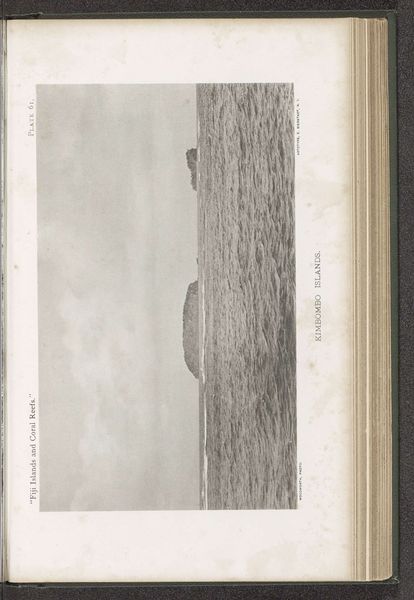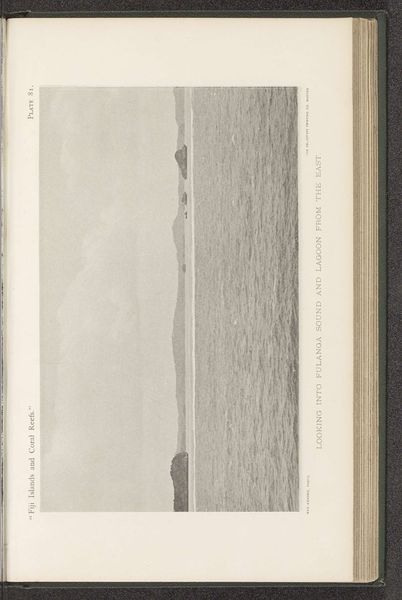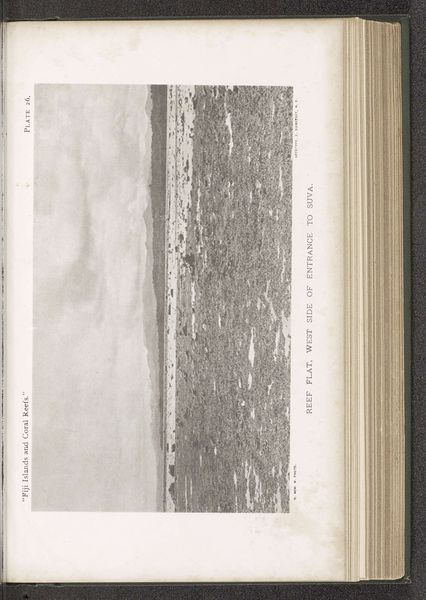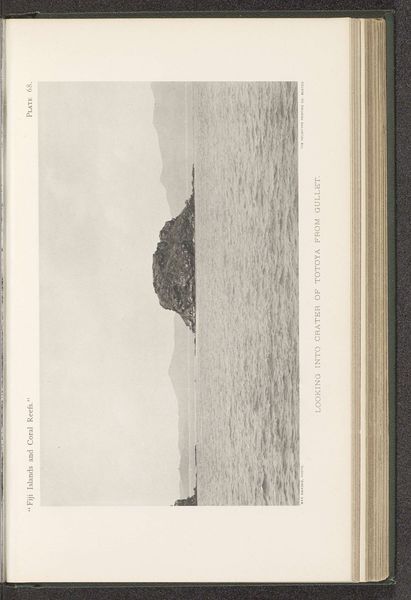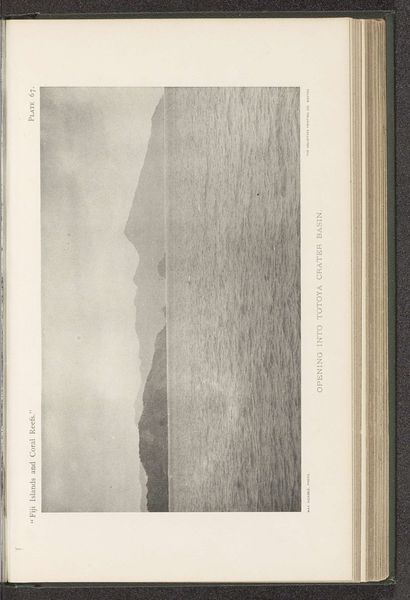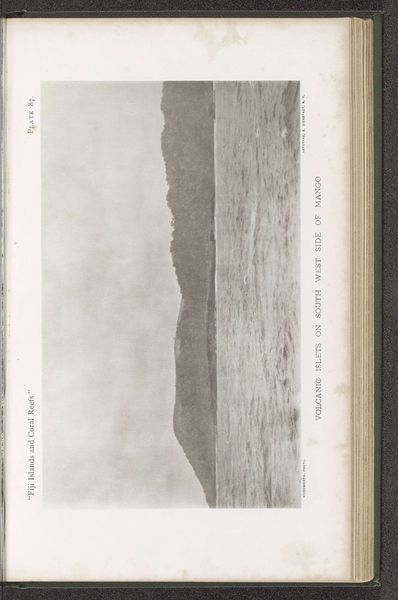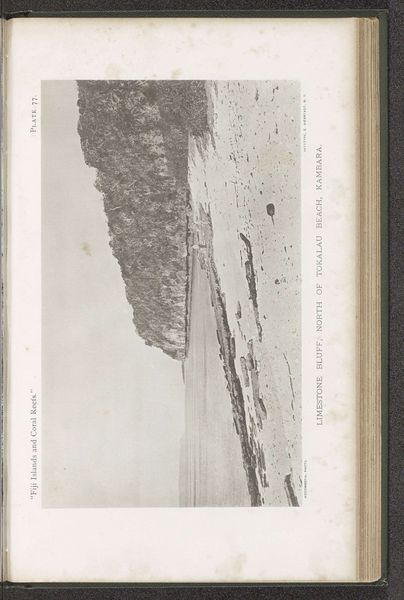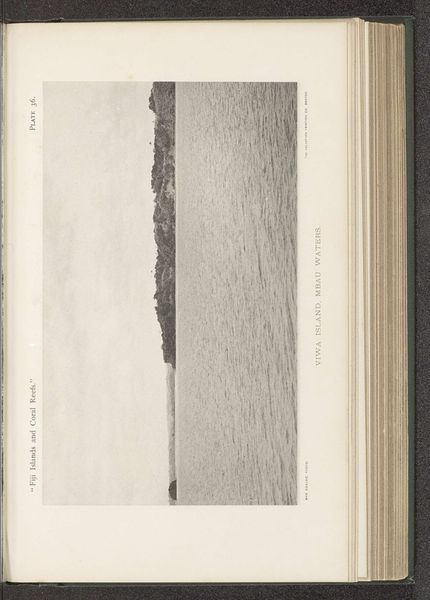
photography, gelatin-silver-print
#
pictorialism
#
landscape
#
photography
#
ocean
#
gelatin-silver-print
#
realism
Dimensions: height 108 mm, width 179 mm
Copyright: Rijks Museum: Open Domain
Editor: We're looking at "Gezicht op eilanden voor de kust van Taveuni," a photograph – a gelatin silver print to be exact – taken before 1899 by Maximilian Agassiz. The shimmering texture of the water against the ghostly islands is so striking! What’s your interpretation of this work? Curator: This image offers a glimpse into the way the late 19th century understood and visually framed distant lands. Consider the socio-political context. Photography at this time was increasingly used to document and, in a sense, possess territories controlled by colonial powers. Does the artistic choice of pictorialism soften the colonial gaze, or does it reinforce the romanticized vision of these islands for a Western audience? Editor: I see what you mean. The soft focus and muted tones do feel very… curated, in a way. Is that intentional? Curator: Precisely. The aesthetic choices shaped by the conventions of Pictorialism were very intentional. By employing these soft, painterly effects, Agassiz situates his work within a broader artistic discourse, arguably elevating photography to the level of "high art." However, this elevation could also distance the viewer from a direct engagement with the realities of the place and its inhabitants. What kind of feeling does the image evoke? Editor: A sort of…peaceful detachment, I guess. It almost feels staged, more about the feeling than about documenting reality. Curator: Indeed. Consider then the purpose of such an image. It would likely have been presented in geographical societies or world exhibitions, reinforcing European viewers' sense of dominion, whether overtly or covertly, over these landscapes. We can see this in how they’ve composed this vision of Oceania for people in the West. Editor: So, even a seemingly innocent landscape photo can be laden with complex historical and political meaning! I hadn’t considered the implications of Pictorialism in that light before. Curator: Exactly! By understanding these contextual layers, we unlock new understandings of these beautiful photographs. It pushes us to look at images of other places more critically.
Comments
No comments
Be the first to comment and join the conversation on the ultimate creative platform.
